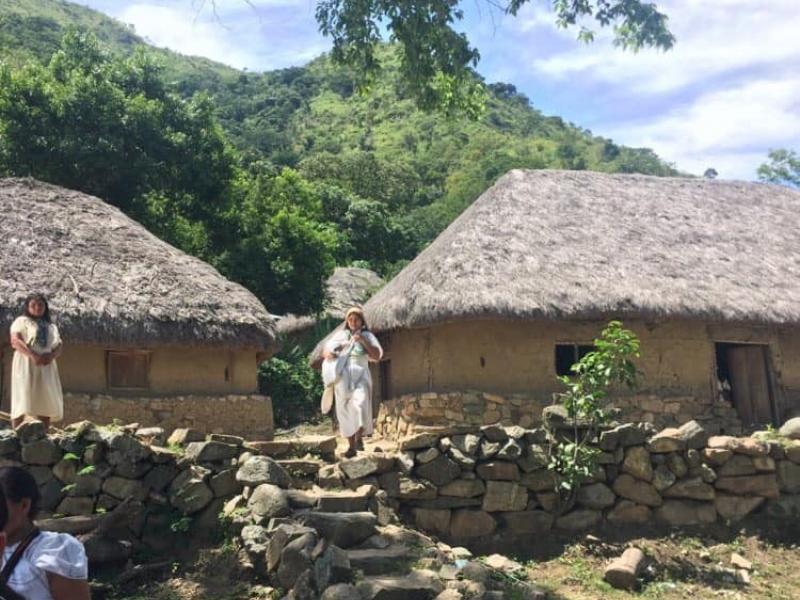El pueblo Kogui habita en Tuteca, en la vertiente del norte de la Sierra Nevada de Santa Marta,…
Colombia es el país con más tipos de orquídeas en el mundo. No es de sorprenderse que la…
Hacer turismo rural en Colombia es una de las mejores maneras de conocer nuestro país. Sin duda alguna…
En Colombia puedes vivir unas vacaciones llenas de aventura y adrenalina, en medio de paisajes inigualables y atardeceres…
















